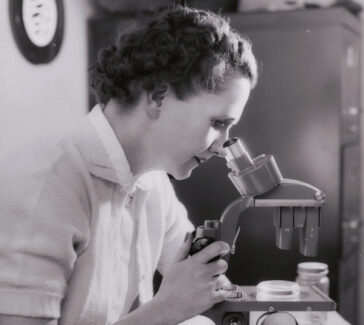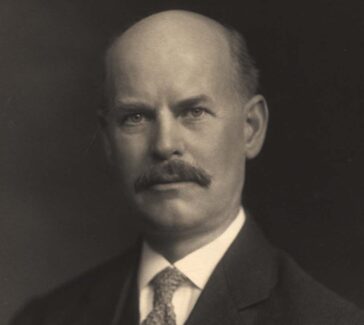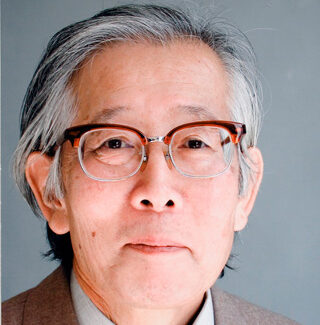Otto Hahn, Lise Meitner, and Fritz Strassmann
In 1938 Hahn, Meitner, and Strassmann became the first to recognize that the uranium atom, when bombarded by neutrons, actually split. Hahn received the Nobel Prize in Chemistry in 1944.
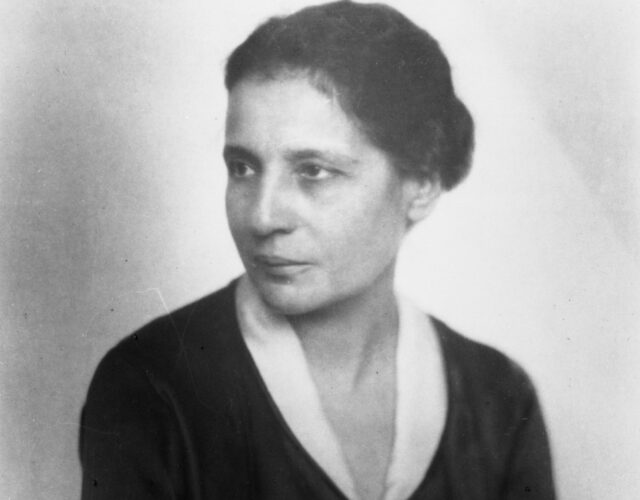
Chemistry and physics overlap at the level where investigations of the smallest particles of matter are carried out. Therefore, it was appropriate that Otto Hahn, Lise Meitner, and Fritz Strassmann teamed up to combine their expertise in both fields.
Hahn’s Early Career
With doctorate in hand from the University of Marburg in Germany, Hahn (1879–1968) intended to make a career as an industrial chemist with a company with international business connections. He traveled to England to improve his English-language skills and found a job as an assistant in William Ramsay’s laboratory at University College, London. Hahn quickly demonstrated his great skill as an experimentalist by isolating radioactive thorium. After working with Ernest Rutherford in Montreal, he joined Emil Fischer’s institute at the University of Berlin, where he rose through the faculty ranks.
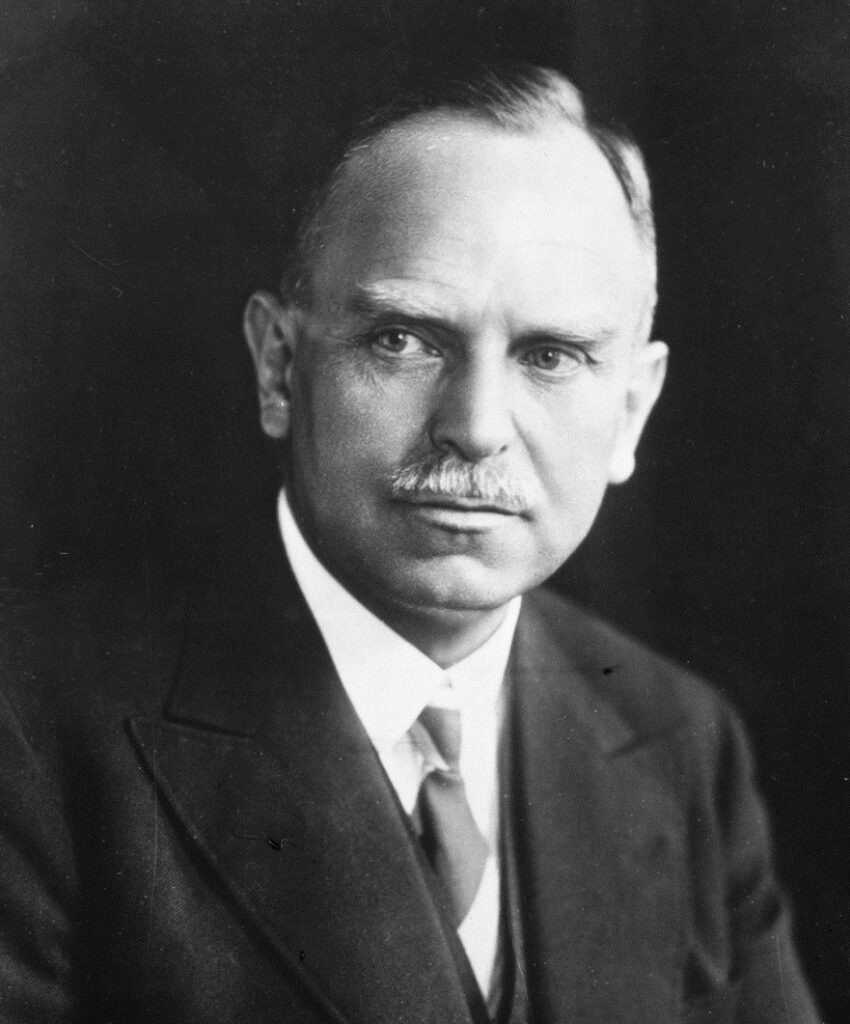
Hahn and Meitner Collaborate
Hahn went in search of a collaborator with whom to pursue studies in experimental radioactivity and teamed up with Meitner (1878–1968). She had come to Berlin to attend Max Planck’s lectures on theoretical physics after receiving her doctorate in physics from the University of Vienna in 1905—the second doctorate in science from that university granted to a woman. In the first year of the Hahn–Meitner partnership they had to work in a remodeled carpenter’s shop because the university did not yet accept women on an official basis.
In 1912 their research group was relocated to the new Kaiser Wilhelm Gesellschaft, where Fritz Haber was head of the physical chemistry institute, Hahn was head of the radioactivity institute, and from 1918 Meitner was head of the radioactivity institute’s physics department. During World War I, Hahn served in the German gas warfare service headed by Haber, and Meitner volunteered as an X-ray nurse for the Austrian army.
Studies in Radioactivity
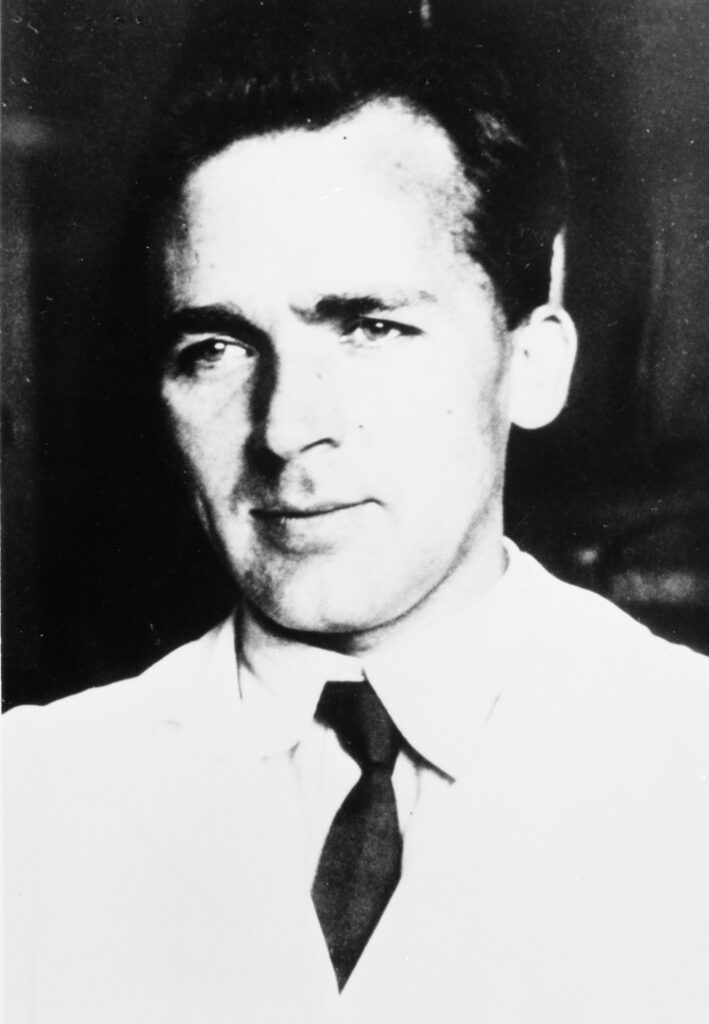
The discovery of the neutron by James Chadwick in 1932 gave new impetus to radioactivity studies because this uncharged atomic particle could penetrate the secrets of the atomic nucleus more successfully.
Meitner, Hahn, and another chemist, Strassmann (1902–1980), who had worked with the partners since 1929, were deeply involved in identifying the products of neutron bombardment of uranium and their decay patterns. It was generally expected that elements close in atomic number—quite possibly elements with higher atomic numbers than uranium—would be produced.
Nuclear Fission Announced
In 1938 Meitner had to leave Berlin because the Nazis were closing in on all people of Jewish ancestry. She soon found a congenial setting for her research at the Nobel Institute in Stockholm. Her nephew, the physicist Otto Frisch, was located at Niels Bohr’s institute in Copenhagen. Meanwhile, Hahn and Strassmann found that they had unexpectedly produced barium, a much lighter element than uranium, and they reported this news to Meitner.
She and her nephew worked out the physics calculations of the phenomenon based on Bohr’s “droplet” model of the nucleus and clearly stated that nuclear fission of uranium had occurred. It was quickly recognized that barium was among the stable isotopes that were the products of the radioactive decay of transuranic elements that must have been initially formed after neutron bombardment of uranium. News of the splitting of the atom and its awesome possibilities was brought by Bohr to scientists in the United States and ultimately resulted in the Manhattan Project.
Later Nuclear Research
Hahn, Meitner, and Strassmann were not engaged in nuclear-weapons research during World War II. At the end of the war Hahn was astonished to hear that he had won the Nobel Prize in Chemistry in 1944 and that nuclear bombs had been developed from his basic discovery. Later, as director of the Max-Planck-Gesellschaft (the postwar successor to the Kaiser Wilhelm Gesellschaft), he spoke vigorously against the misuse of atomic energy. Meitner—who many thought should have received the Nobel Prize with Hahn—continued to do nuclear research in Sweden and then England. Strassmann nurtured the study of nuclear chemistry in Mainz, Germany.

